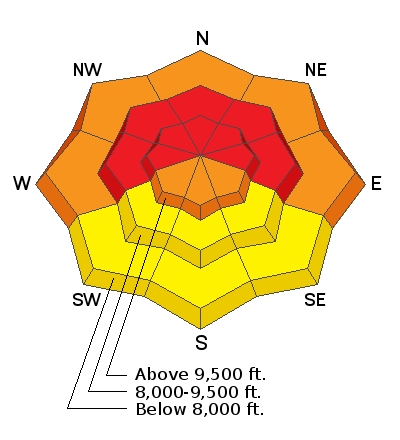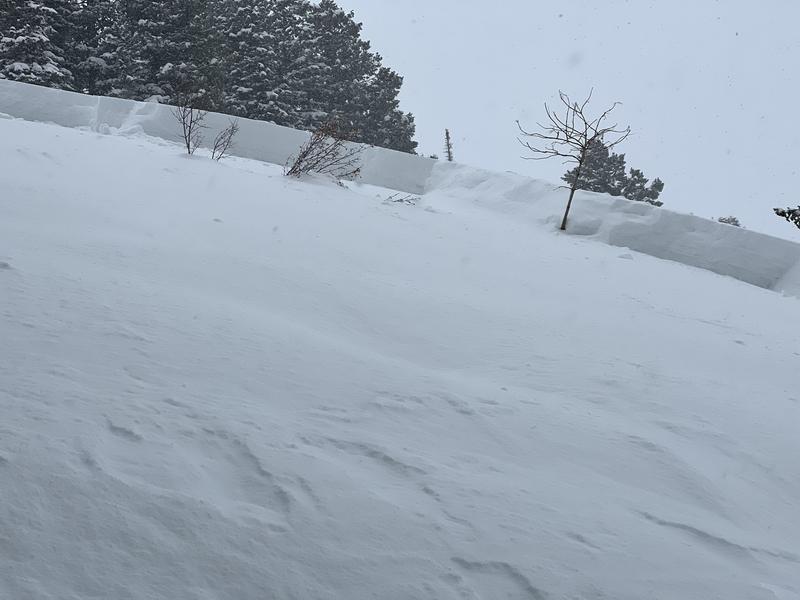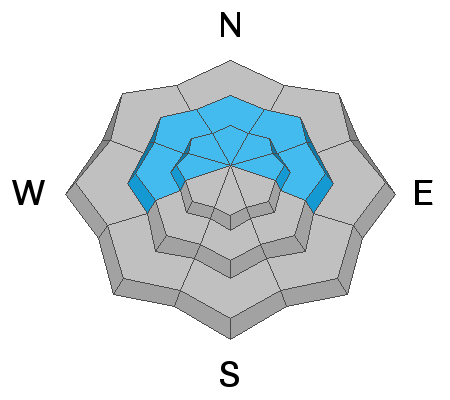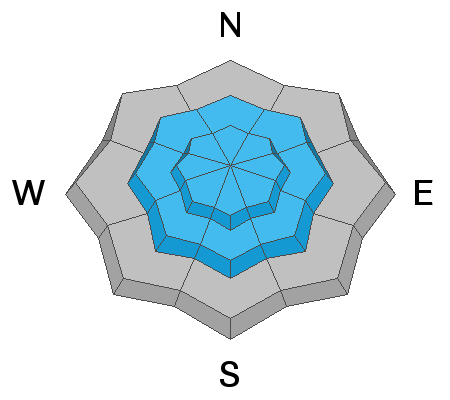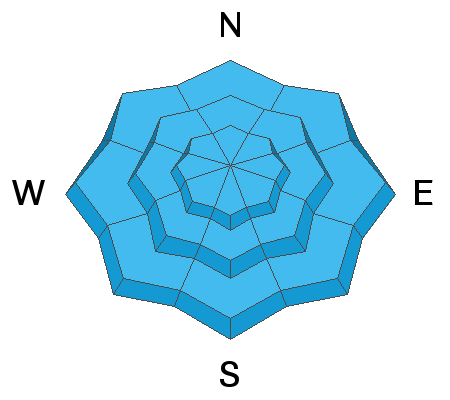Park City Mountain Resort will be conducting avalanche mitigation work in the Big Mac area off the Park City Ridgeline. Please stay clear of the area until 9AM.
This morning, snowfall has tapered off with a final few flakes falling from the sky. Mountain temperatures range in the single digits, and winds have decreased overnight now blowing from the northwest at speeds of 5-10 mph, gusting into the mid and upper 20s across mid and upper elevation ridgelines. Overnight, the upper elevation winds were ripping, gusting up to 61 mph at 11,000'. Overnight (past 12 hrs), the mountains picked up an additional 1-4 inches of new snow containing (0.06-.15" water). This storm surpassed initial snowfall predictions with many areas receiving over 2" of H2O.
Storm Totals
Little Cottonwood Canyon: 25-49" snow (1.60-2.60" H2O)
Big Cottonwood Canyon: 14-44" snow (0.82-2.73" H2O)
Park City Ridgeline: 12-16"snow (0.80-1.20 H2O)
Today, we should see partly cloudy skies with the occasional light snow shower. Mountain temperatures will top out in the mid to low teens °F. Winds will remain from the northwest and blow 10-20 mph with gusts into the mid 20's at mid-elevations and mid 40's across the upper elevation terrain.
In the past 24hrs, we have seen 4 human triggered avalanches in the Central Wasatch:
- Avalanche Big Cottonwood Canyon, Mineral Fork - Lower/Mid East Facing, 2' deep and 100' wide. NE Aspect, 8200'. 1 person was caught and carried. Failing on the January/February PWL.
- Avalanche Big Cottonwood Canyon, Mineral Fork - Lower East Facing, 2' deep and 100' wide. NW Aspect, 8100'. Intentionally triggered, failing on the January/February PWL.
- Avalanche Big Cottonwood Canyon, Greens Basin - Exit to Spruces, 2' deep and 30' wide. N Aspect, 7800'.
- Avalanche Big Cottonwood Canyon, Beartrap - entrance gully, 3-5" deep and 20' wide.
Photo from the crown of the catch and carry in Lower/Mid East facing of Mineral Fork. Party member was able to hold onto a tree. (A. Conover)

